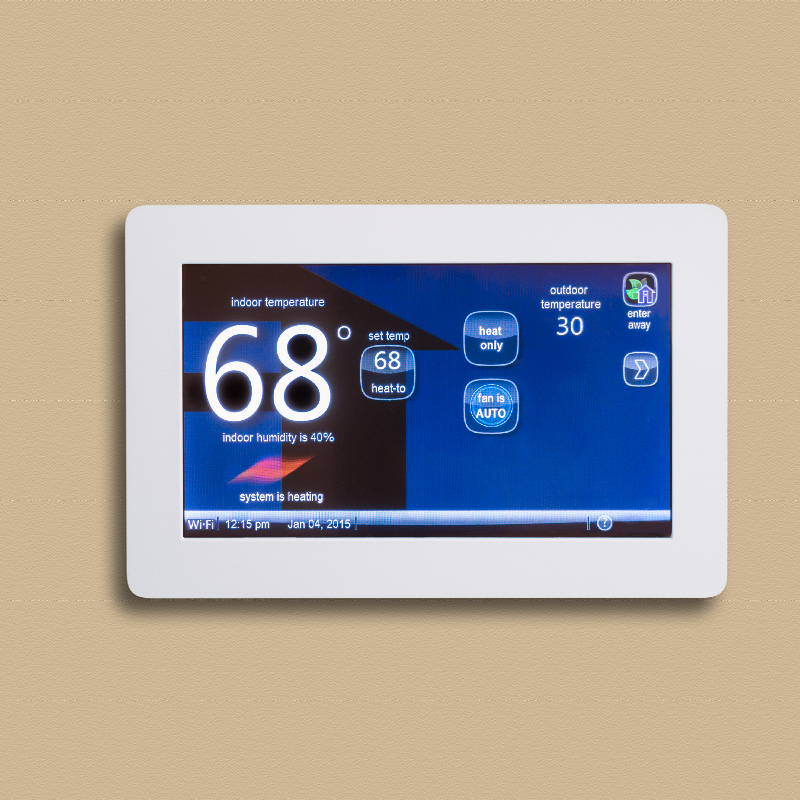This article is your complete guide on how to save money by lowering your thermostat. We all know how easy it can be to adjust the thermostat when the weather begins to shift to extremes. According to ENERGY STAR, the average home spends about 43% of its annual energy spending on heating and cooling. While there are factors that play into the overall cost and efficiency of your HVAC system, it is clear that almost half of your energy cost comes from your heating and cooling bill. That’s why in this article, we are going to help you learn some tricks about your thermostat to save energy.
Here at The Energy Professor, we want to give you the information you need to not only save money on your energy bill but to also become more energy efficient. We hope find this post helpful! And makes it easier for you to know more about money savings with your thermostat. Be sure to also check out our one-of-a-kind energy savings calculator!
The Energy Professor Electricity Rate Check Tool
How to Use a Thermostat to Save Money
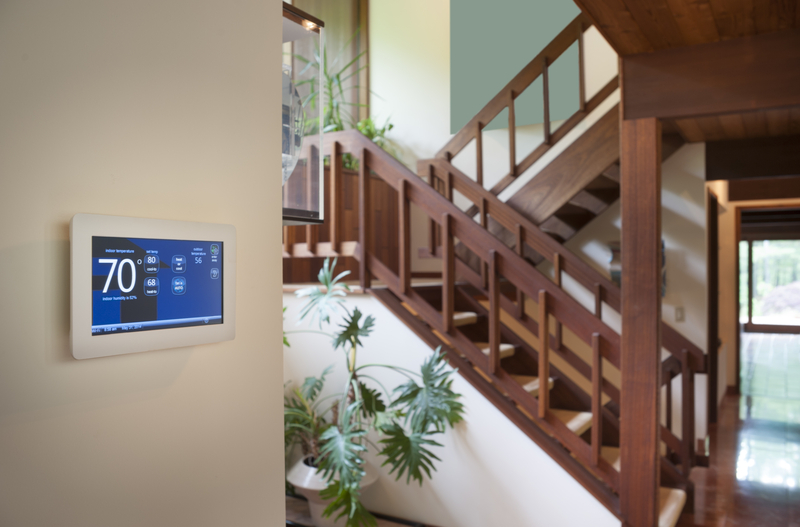
Understandably, it’s easier to turn up the thermostat than to put on extra layers or bundle up when it’s cold outside. But each degree added or subtracted to your thermostat is an increase in your energy bill. Adjusting your indoor temperature by even one degree can help make a difference!
How much does 1 degree of heat cost?
- 1 degree equals 1% savings per 8 hours of use
According to the Department of Energy, the energy savings per degree on the thermostat is about 1% per 8 hours of use. That means, raising your thermostat 1 degree in the summer or the cost of lowering your thermostat 1 degree in the winter can save you about 1% … by just one degree! For some, that could be a couple hundred dollars depending on how much your annual heating and cooling bill is.
What should my thermostat be set at?
- 68 Degrees
A good temperature to set your house at is 68 degrees while you are at home and drop it when you are gone for the day. By regularly lowering the temperature of your thermostat by 10 to 15 degrees before leaving the house for 8 hours, you can save between 5% and 15% on your heating bill.
Related Post: Complete Guide on How to Lower Your Energy Bill
Does Lowering the Temperature at Night Save Money?
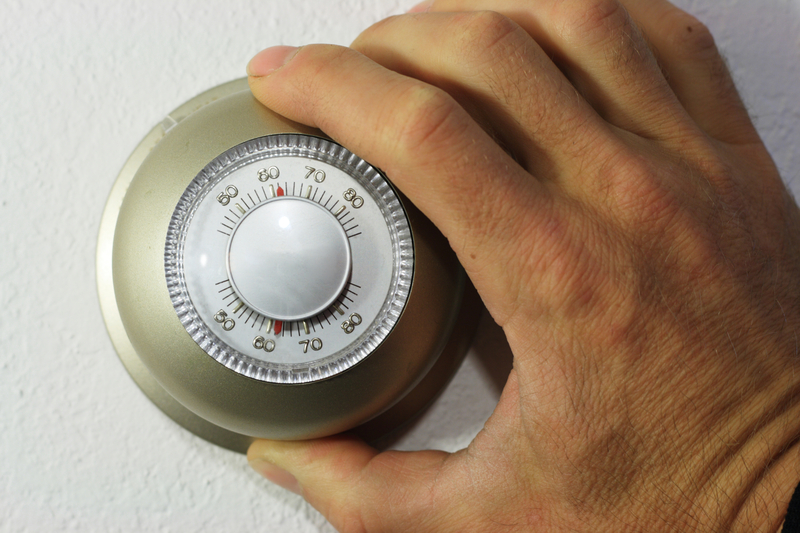
Yes, it is better to lower the thermostat in the evenings! This is true for many reasons but it’s simply to do with the fact that your indoor temperature isn’t rising due to the heat of the sun. This will be more true in the winter than in the summer for most places. So if you’re looking for other ways to save on your energy bill, using the time you are asleep to control the temperature of your house is a great option. Unless the temperature drops to an extreme level, turning down your central heating will start saving energy.
How low should you turn down your thermostat at night?
- 7 degrees lower or higher than you do during the day
As mentioned above, with thermostat savings per degree, you start seeing the most savings by setting back your thermostat by 7-10 degrees lower than usual for at least 8 hours. At night in the summer, set your thermostat at least 7 degrees higher than during the day. In the winter, set it at least 7 degrees lower than during the day.
Related Post: Top Energy-Saving Tips for the Summer
Will a Programmable Thermostat Save Money?
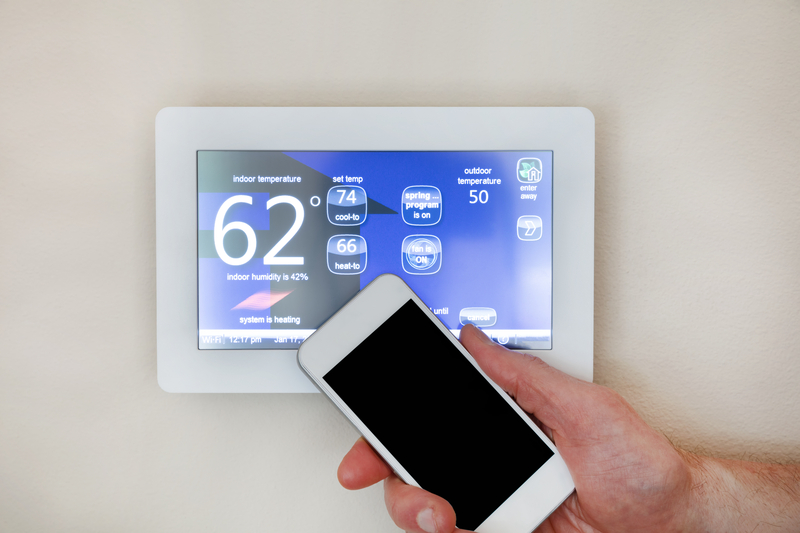
Yes! But the best way to save money on the thermostat is to switch to Smart Thermostats. The best feature to use is the geolocation setting in smart thermostats. This will help program your thermostat to know when and where you are so it can control the preset indoor temperature when you’re away. These programmable thermostats may be the best tool to help you save money in this situation. Once you find your sweet spot of your heater temperature energy efficiency, you can program your thermostat to automatically change.
What is a Smart Thermostat?
- Smart thermostats connect your HVAC system to the internet, allowing you to control your home temperature remotely using your phone. Smart thermostats work by sensing your home’s ambient temperature and then sending a signal to your heating and cooling system to make the changes according to your pre-set schedule.
If you are looking to save money on your thermostat, You can also get newer smart thermostats that allow you to change the temperature or programs a recurring schedule right on your phone. Maintaining an energy saving temperature setting for heat or cooling doesn’t have to take as much effort as it has in the past. You can set heating and cooling schedules to lower the cost of your electric bill!
Related Post: The Best Energy Saving Devices
Lowering Thermostat to Save Energy Tips and Tricks
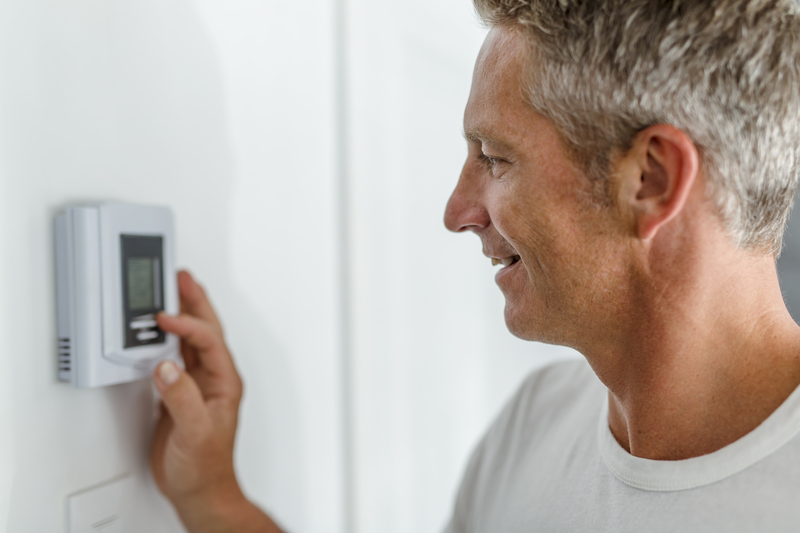
- Make sure that your HVAC equipment is in good working condition and tuned up! A heating and cooling system running that is outdated or not working properly can cost you a ton of money in the long run.
- Check your home’s insulation. If there are any leaks in doors or windows, you can create a draft in your house which will constantly drag down the temperature in your house.
- Dress for the temperature, even inside. If it is cold outside, put on an extra sweater or carry a blanket. It may seem small, but it can keep you from turning up the thermostat. In the summer, wear breathable fabric that allows you to cool down quickly
- In warm months, avoid the oven and use ceiling fans. Turning on an oven can raise the temperature of your house significantly. Remember this when it is 95 degrees outside.
Related Post: The Best Energy Saving Space Heater
Saving Money on Lowering Your Thermostat FAQ

Q: Is it Better to Turn Heating Off or Down?
A: Many people believe that leaving the heat on low all day will help you save on energy bills but that is just a myth. Having the heating on only when you need it is, in the long run, the best way to save energy, and therefore money.
Q: Does Setting Your Thermostat Lower Help Save Money?
A: You can save as much on heating and cooling by simply turning your thermostat back 7°-10°F for 8 hours a day from its normal setting.
Q: Cost Difference Between 68 and 70 Degrees?
A: The average home is typically set between 68 and 70 degrees but can the difference in 3 degrees cost you? Yes! Each degree higher than 68°-70°F can increase heating costs by 1-3%, and each degree below 76°-78°F can increase cooling costs by 3-5% or more.
Do you Need Cheaper Electricity?
If you’ve taken the time to understand the information on your bill and discovered you’re paying more than you’d like for your electricity, have you looked around for a cheaper deal? The Energy Professor has a wealth of information on ways to save on your utilities, including details of top deals that could significantly reduce your monthly or quarterly electricity bills.
We hope you found this article helpful! If you are looking for ways to increase the energy efficiency and sustainability in your home be sure to take a look at all of the latest renewable energy options in your area. The Energy Professor helps residential and small business owners find qualified energy suppliers in New York, New Jersey, Pennsylvania, Texas, Ohio, Maryland, Illinois, and Massachusetts

